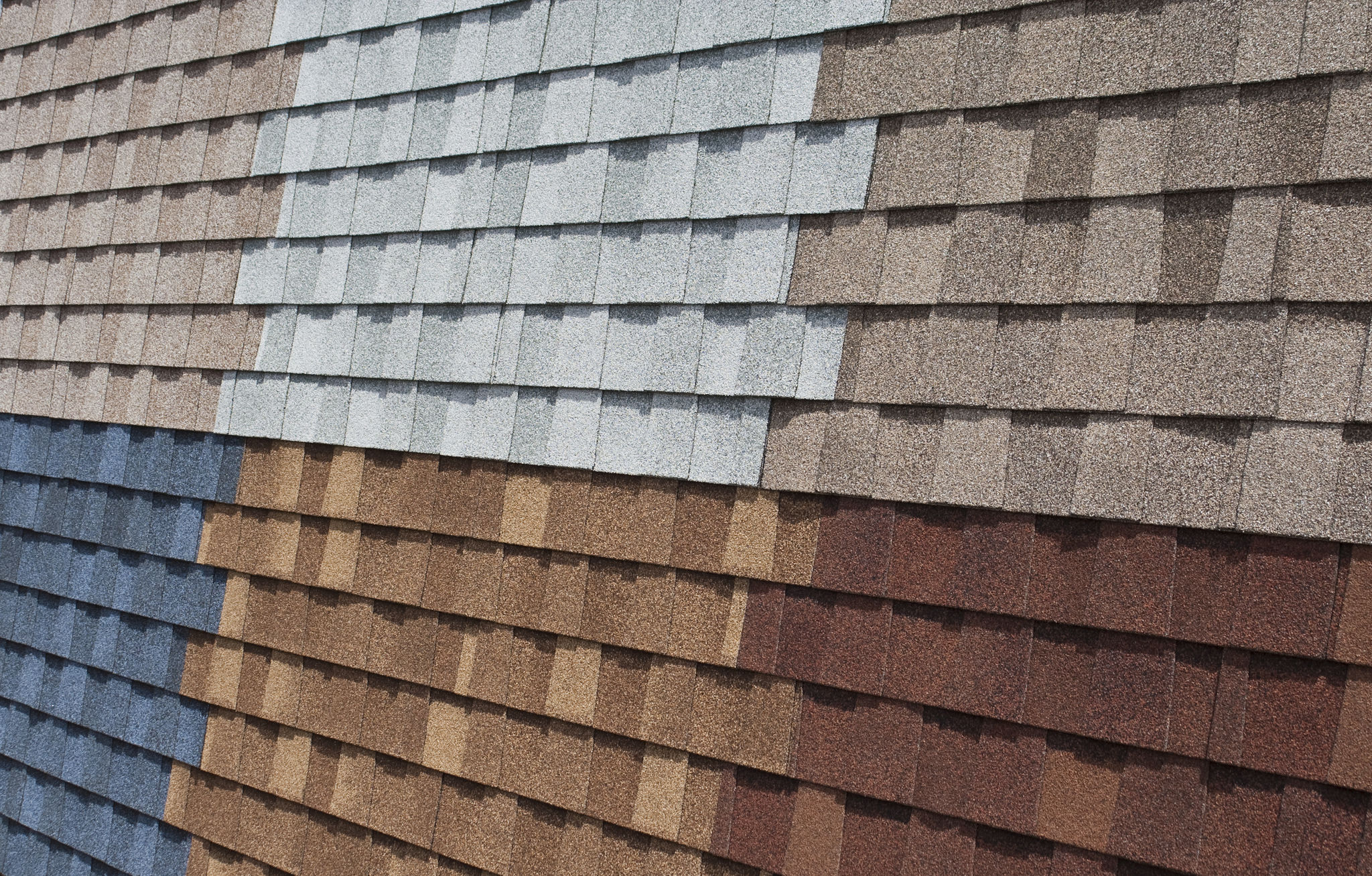Common Roofing Myths Debunked: What Homeowners Need to Know
Introduction
When it comes to roofing, there are a lot of misconceptions that can lead homeowners astray. Whether you're planning a new roof installation or simply maintaining your current one, it's important to separate fact from fiction. In this post, we'll debunk some of the most common roofing myths to help you make informed decisions for your home.
Myth 1: All Roofs Are the Same
One of the most persistent myths is that all roofs are created equal. In reality, roofing materials vary significantly in terms of durability, cost, and energy efficiency. From asphalt shingles to metal and tile, each material has its own set of advantages and disadvantages. It's crucial to choose the right material based on your climate, budget, and aesthetic preferences.

Understanding Different Roofing Materials
Asphalt shingles are popular for their affordability and ease of installation, but they may not last as long as other materials. Metal roofs, while more expensive upfront, offer superior longevity and energy efficiency. Tile roofs provide a distinct look but require a strong structural support due to their weight.
Myth 2: You Can Install a New Roof Over an Old One
Some homeowners believe that layering a new roof over an existing one is a cost-effective solution. While this practice might save money initially, it can lead to bigger problems down the road. Overlapping roofs can trap heat and moisture, damaging the underlying structure and shortening the lifespan of your new roof.
The Importance of Proper Installation
Proper installation is key to a long-lasting roof. Removing the old roof allows for a thorough inspection of the decking and other components, ensuring that any underlying issues are addressed before the new roof is installed. This approach helps prevent future leaks and structural damage.

Myth 3: Roofs Don't Need Regular Maintenance
A common misconception is that once a roof is installed, it doesn't require ongoing attention. In truth, regular maintenance is crucial for extending the life of your roof. This includes routine inspections to check for damage, cleaning gutters to prevent water buildup, and removing debris like leaves or branches.
Benefits of Regular Roof Maintenance
Scheduled maintenance can help identify potential problems early, preventing costly repairs down the line. It also ensures that your roof remains in peak condition, providing optimal protection against the elements. Investing time in maintenance now can save you money in the future.

Myth 4: A Leaky Roof Needs Total Replacement
Not every leak means your roof needs a complete overhaul. In many cases, leaks are localized and can be addressed with targeted repairs. Identifying the source of a leak is essential in determining the appropriate course of action.
When to Repair vs. Replace
If your roof is relatively new and the damage is minimal, repairs may be sufficient. However, if your roof is nearing the end of its expected lifespan or has extensive damage, replacement may be the better option. Consulting with a professional roofer can help you decide the best path forward.
Conclusion
Understanding these common roofing myths and realities can empower homeowners to make informed decisions about their roofs. By choosing the right materials, ensuring proper installation, committing to regular maintenance, and knowing when repairs are sufficient, you can protect your home and investment for years to come.